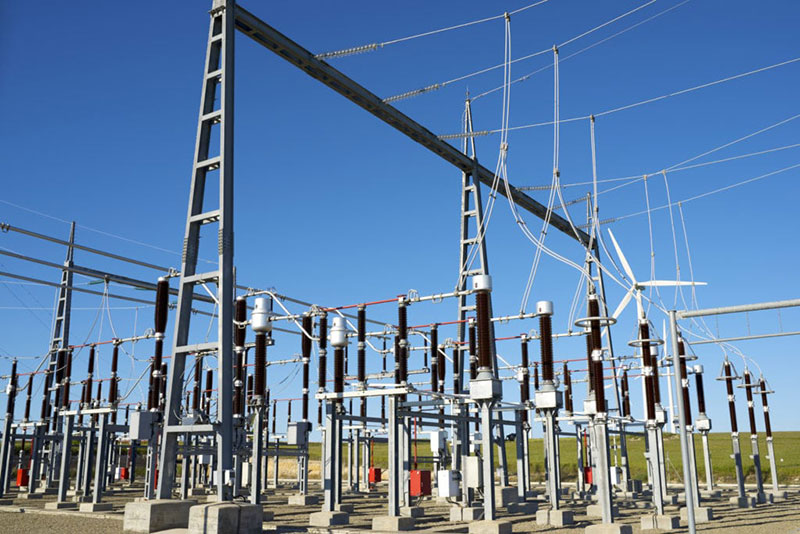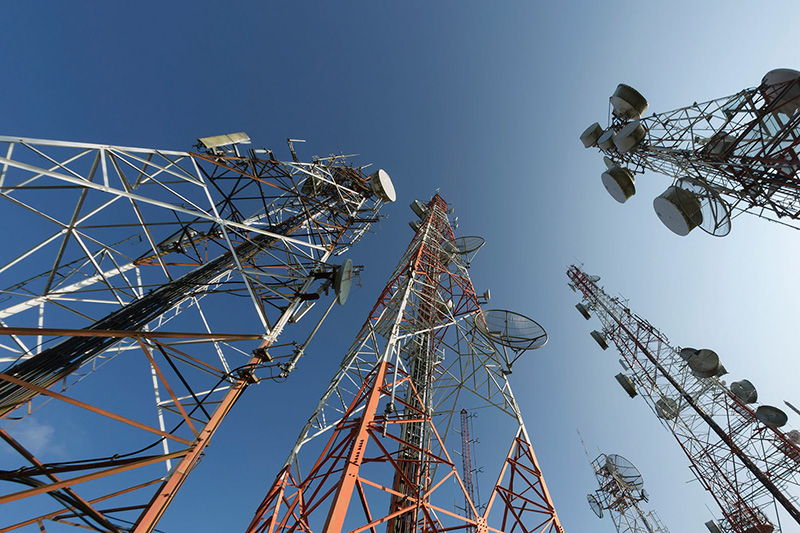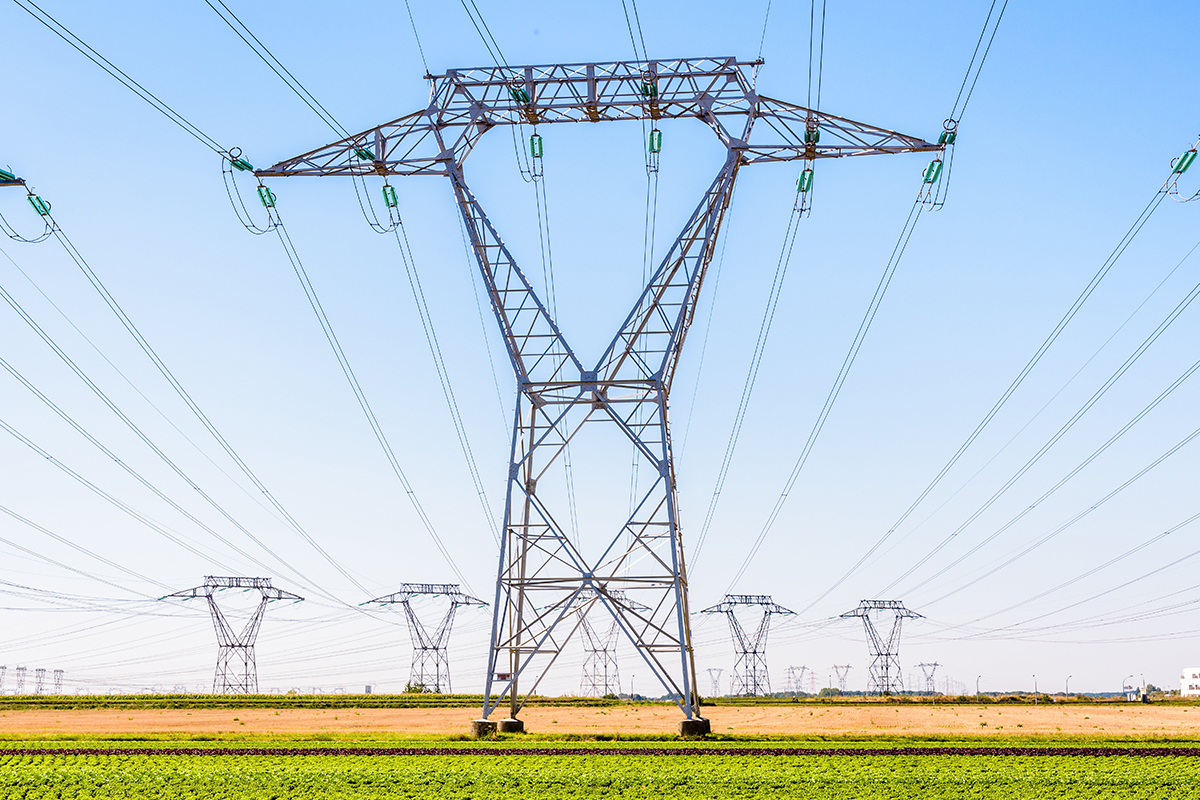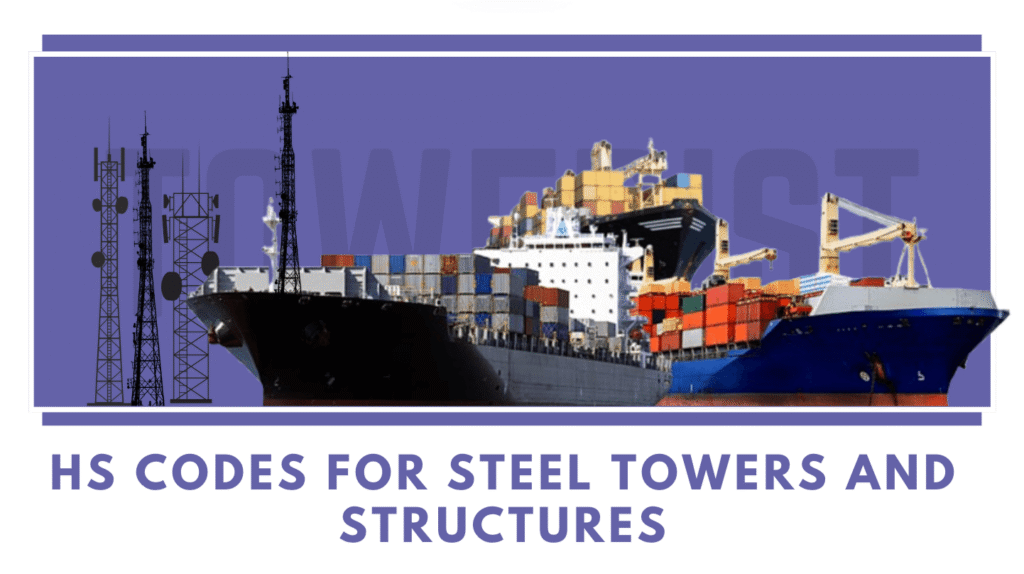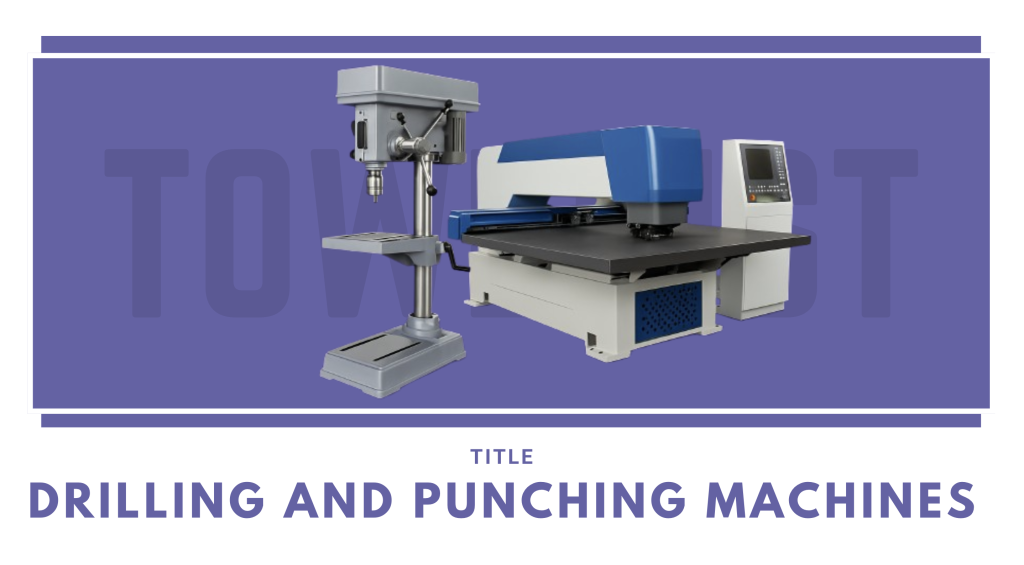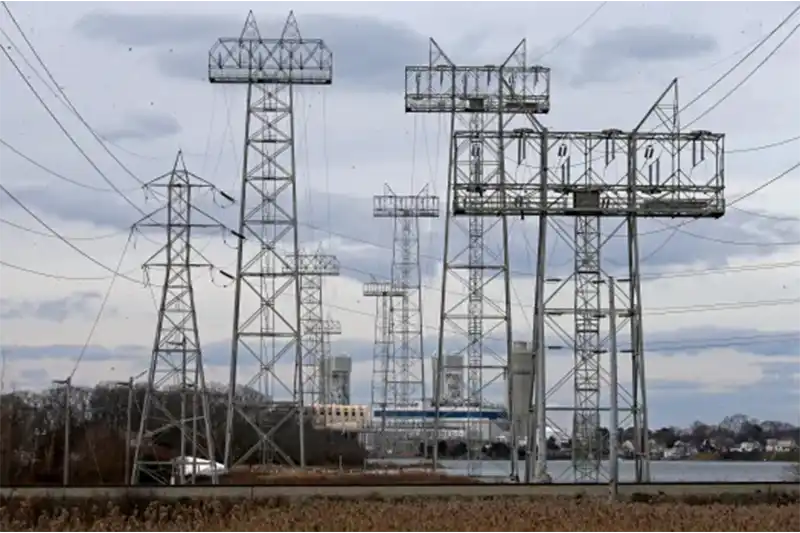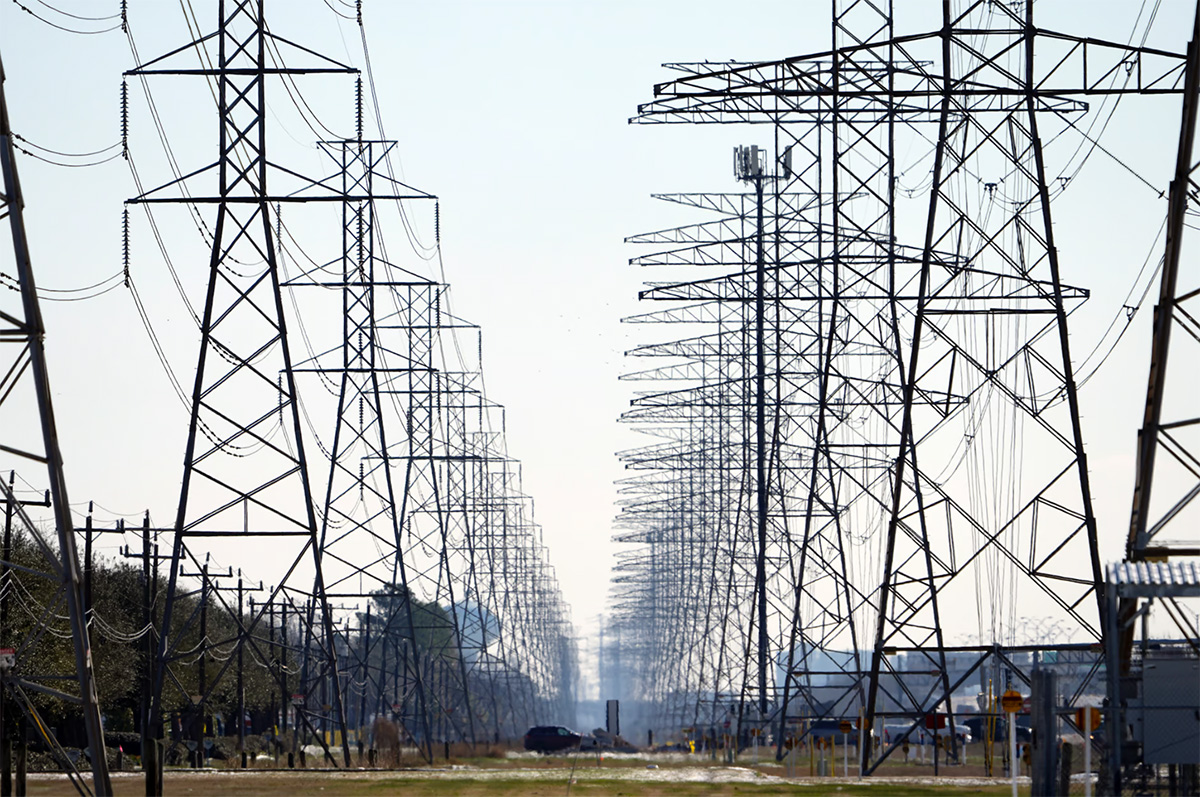Are transmission towers AC or DC?AC vs. DC Electricity: Understanding Their Differences and Transmission Tower Functionality
Introduction: In the realm of electrical engineering and power distribution, two fundamental forms of electricity dominate: alternating current (AC) and direct current (DC). Understanding the disparities between these two currents is pivotal, especially in the context of power transmission and the towering structures that facilitate it. In this comprehensive article, we delve into the nuances of AC and DC electricity, elucidate their variances, and explore the nature of transmission towers, shedding light on whether they cater to AC or DC transmission. Additionally, we address the crucial concept of power transmission hazards, unraveling the intricacies of these phenomena.
AC vs. DC Electricity
Alternating current (AC) and direct current (DC) represent the two primary forms of electrical power. AC oscillates in a back-and-forth manner, periodically changing direction, while DC maintains a constant flow in a single direction. These disparities stem from the underlying mechanisms driving each type of current.

AC Electricity
AC electricity finds extensive use in power distribution due to its adaptability and efficiency. It facilitates the transmission of electricity over long distances, thanks to the ability to alter voltage levels easily through transformers. Nikola Tesla championed AC electricity, promoting its widespread adoption during the War of Currents in the late 19th century. AC power is the backbone of modern electrical grids, powering homes, industries, and infrastructure worldwide.
DC Electricity
DC electricity, on the other hand, maintains a consistent flow of electrons in a single direction. While historically overshadowed by AC, DC has witnessed a resurgence in certain applications, notably in renewable energy systems, data centers, and high-voltage direct current (HVDC) transmission lines. DC power offers advantages such as enhanced efficiency over long distances and compatibility with certain electronic devices and renewable energy sources like solar panels and batteries.
Are Transmission Towers AC or DC? Transmission towers predominantly serve the purpose of carrying alternating current (AC) electricity. AC transmission is favored for long-distance power distribution due to its capacity for voltage manipulation through transformers. These towers support high-voltage AC lines, ensuring the efficient and reliable transmission of electricity across vast distances. However, in instances where direct current (DC) transmission is employed, specialized infrastructure, such as converter stations and different types of towers, is utilized to accommodate the unique requirements of DC power transmission.
Power Transmission Hazards
Power transmission hazards encompass a range of risks associated with the generation, distribution, and consumption of electrical energy. These hazards pose threats to both life and property, necessitating stringent safety measures and protocols. Common transmission hazards include electrical shocks, arc flashes, and electromagnetic fields (EMFs). Mitigating these risks requires adherence to safety standards, proper equipment maintenance, and comprehensive training for personnel working in proximity to transmission infrastructure.

Conclusion
In conclusion, the debate surrounding AC versus DC electricity underscores the diverse applications and inherent characteristics of each form of power. While AC remains the primary choice for long-distance transmission, DC exhibits its prowess in specific domains. Transmission towers, integral to the power grid infrastructure, primarily cater to AC transmission, exemplifying the prevalence and indispensability of alternating current in modern society. Understanding the nuances of AC and DC electricity, alongside the associated transmission hazards, is paramount for ensuring the safe and efficient distribution of electrical energy.
In the dynamic landscape of power transmission and electrical infrastructure, it’s imperative to partner with a trusted industry leader. With over two decades of unwavering commitment to excellence, Towerost stands as a beacon of innovation and reliability in the production of power transmission towers. Our company prides itself on delivering high-quality, custom-engineered solutions tailored to meet the diverse needs of our clients worldwide.
Driven by a passion for technological advancement and customer satisfaction, Towerist remains at the forefront of the industry, continuously pioneering cutting-edge designs and manufacturing processes. Whether it’s towering structures for AC transmission lines or specialized infrastructure for DC power distribution, we offer comprehensive solutions backed by unparalleled expertise and craftsmanship.
As you navigate the complexities of modern power transmission, entrust your projects to Towerist for unmatched quality, reliability, and service excellence. Partner with us to power the future, one tower at a time.
Sources:IEEE

